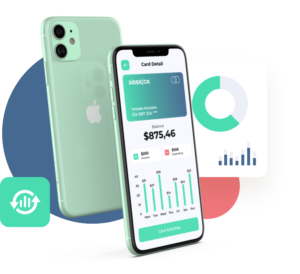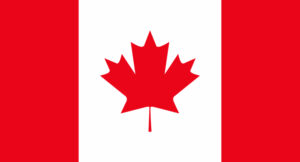The things we buy usually fall into one of two categories: needs and wants. Knowing what needs and wants are can help us decide how to spend our money, to make sure we can afford the things we need and have room left over for some of the things we want.
Here, we’ll talk about what needs and wants are and offer tips on how to make decisions and budgets based on your needs and wants.
What are needs and wants?
Most of the time, it’s pretty easy to decide whether something is a need or a want. But sometimes, it can be a little difficult to figure out which category an item falls into.
Needs
Needs are things that we must have in order to be healthy and survive. Some examples of needs are:
- Food and water
- Somewhere safe to live
- Comfortable, protective clothing
- Things that support healthy habits (like a toothbrush)
Wants
A want is something that you would like to have, but you don’t need to live and survive. Wants may make life easier or more enjoyable, but you won’t get sick or be in danger without them. Some examples of wants are:
- Toys
- Games
- Candy and chocolate
Try this: Look around the room for 3 different objects. Are these things more of a need or a want?
Sometimes, it’s not super clear whether something is a need or want. For example, you might not need your phone to survive (though it might feel like it sometimes!) but you do rely on it to help you with many important things throughout your day.
With items like these, it’s important to think about how much your spending has to do with what you want, but maybe don’t need. You might want the newest, fanciest, most expensive phone, but you probably don’t need that particular model.
Budgeting money for needs and wants
Now that you know the difference between a need or a want, you can start to decide how to split your money between these things.
Prioritizing needs
Normally, we should spend money on needs before wants. Remember: needs are the things that we need to live and survive. That means that needs are a priority in our budget.
Which is the priority: a box of cereal or a toy car?
Cereal is a food that helps keep us healthy and fuels our bodies for the day. A toy car is a fun thing to have, but not something that we need in order to survive.
If we don’t already have enough cereal (or other breakfast food) in the cupboard, we should prioritize that.
Which is the priority: a chocolate bar or a pair of gloves for winter?
Gloves are something we need in winter (especially here in Canada!). They help keep us safe and warm in the cold weather. A chocolate bar is a form of food, but it’s more of a treat. We don’t need it the same way we need a pair of gloves.
If we don’t already have a pair of good winter gloves, we should prioritize that.
Making room for wants
Just because something is a want and not a need, it doesn’t mean we can never spend money on it. It’s nice to buy a chocolate bar or a new toy sometimes. But first, we must make sure our needs are taken care of.
We must also decide which wants to spend our money on, and how often we buy the things we want. This really depends on how much money you have leftover after taking care of your needs.
Balancing needs and wants is a great step in building smart spending habits. Next time you go shopping with a parent or guardian, try to figure out which items are needs and which are wants. When you get home, look at the receipts to figure out how much money you’ve spent on needs and wants.

Once you start thinking about needs and wants, it becomes a lot easier to decide how to budget your money. Hero’s budgeting feature can help you split your money into different categories, so you can really make sure you’re spending smart!



